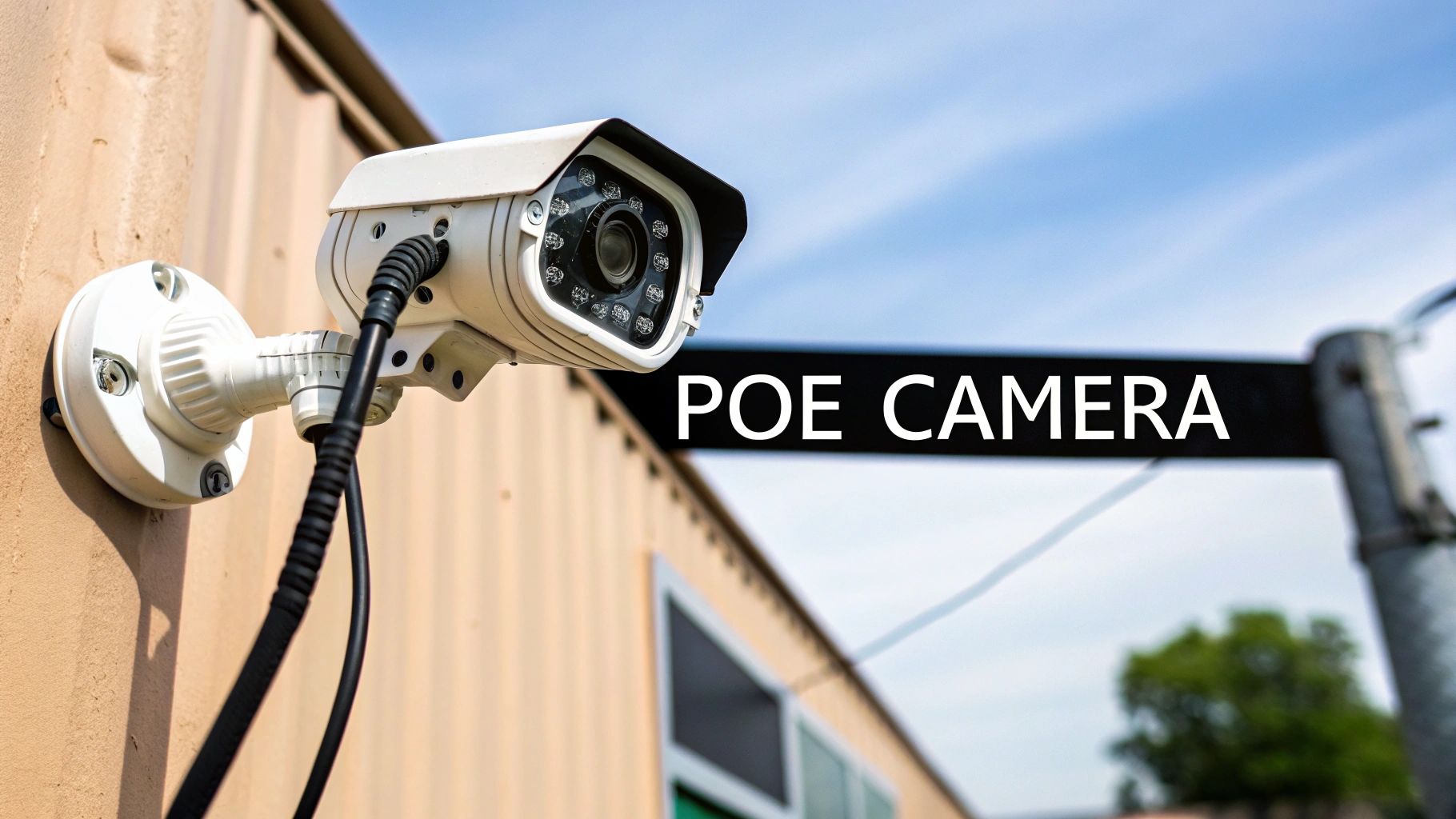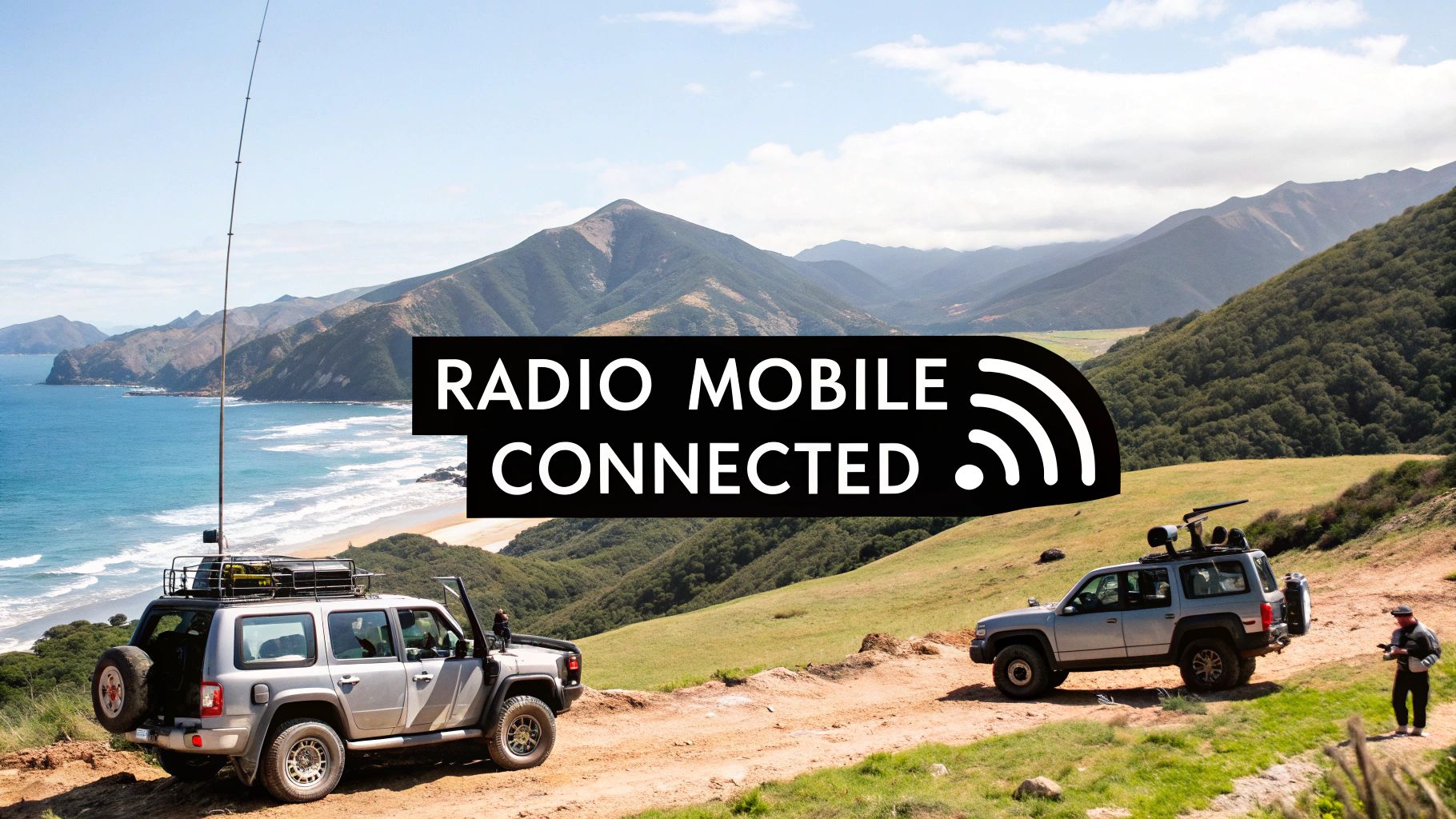Mobile Communication Technologies Explained: What to Use and When
In a world where communication is critical—from coordinating a remote forestry crew to managing emergency services—choosing the right mobile communication technology can mean the difference between success and silence.
This guide explores the most common and emerging mobile communication methods, including their pros, limitations, and the real-world scenarios where each excels.
1. Cellular Networks (3G, 4G, 5G)

Overview:
Cellular networks are the most common form of mobile communication, enabling voice, data, and video via mobile towers and nationwide infrastructure.
Pros:
-
Broad coverage in populated areas
-
Fast mobile internet (especially with 4G/5G)
-
Seamless integration with mobile apps and services
Cons:
-
Limited coverage in rural or remote zones
-
Dependent on carrier reliability and tower congestion
-
Vulnerable during natural disasters or power outages
Best For:
Everyday communication in cities and towns, internet browsing, streaming, mobile work apps
2. Wi-Fi Calling and VoIP

Overview:
Wi-Fi Calling routes calls through wireless internet instead of mobile towers. VoIP apps (e.g. WhatsApp, Microsoft Teams, Zoom) also transmit voice/video over data networks.
Pros:
-
Useful indoors where cellular coverage is poor
-
Often free or low-cost, especially for international calls
-
Compatible with most smartphones and tablets
Cons:
-
Call quality varies with network strength
-
Doesn’t always support emergency calling reliably
-
Not ideal in motion or outdoors
Best For:
Home offices, hotels, and international business calling
3. Push-to-Talk over Cellular (PoC)

Overview:
PoC uses mobile data (4G/5G) to emulate traditional two-way radio functionality—providing instant group communication with national or even global range.
Pros:
-
Nationwide or global coverage
-
Real-time group comms with smartphone-style features
-
Includes GPS, job ticketing, and emergency alerts
Cons:
-
Requires reliable cellular coverage
-
Subscription-based platforms
-
Not ideal where data coverage is weak
Best For:
Logistics fleets, nationwide service teams, event crews
Explore PoC solutions at Mobile Systems
4. Mobile Satellite Communication

Overview:
Satellite phones and terminals bypass terrestrial networks to connect directly to satellites, enabling coverage far beyond cellular limits.
Pros:
-
Works virtually anywhere on Earth
-
Critical for remote area operations
-
Independent of local infrastructure
Cons:
-
High equipment and airtime costs
-
Bulkier devices
-
Slower data speeds
Best For:
Remote expeditions, marine, aviation, disaster recovery
Shop Satellite Communication Gear
5. Two-Way Radios (UHF/VHF)

Overview:
Two-way radios enable direct push-to-talk communication without reliance on networks. Used across industries where fast, reliable voice is critical.
Pros:
-
Instant, clear voice comms
-
No recurring charges
-
Extremely rugged for outdoor use
Cons:
-
Limited range unless using repeaters
-
One-at-a-time voice (half-duplex)
-
May require licensing depending on setup
Best For:
Construction, forestry, logistics, and safety teams
6. Intrinsically Safe Devices (IS Devices)

Overview:
IS devices are certified for use in explosive environments like fuel depots, chemical plants, or grain silos, preventing sparks that could cause ignition.
Pros:
-
Certified safe for ATEX or IECEx zones
-
Available in radio and PoC formats
-
Built to handle industrial abuse
Cons:
-
More expensive than standard gear
-
Bulkier form factor
-
Slightly reduced feature sets for safety reasons
Best For:
Hazardous industries, confined spaces, oil/gas operations
View Intrinsically Safe Options
7. Mesh Networks

Overview:
Mesh networks use direct device-to-device relays to communicate without central towers. Ideal for team comms in signal-free zones.
Pros:
-
No external infrastructure needed
-
Builds coverage as more users join
-
Long battery life and simple to use
Cons:
-
Limited range and speed
-
Still niche and not widely adopted
-
Poor performance in built-up terrain
Best For:
Off-grid hiking, emergency comms, event security
Choosing the Right Technology
| Use Case | Recommended Tech |
|---|---|
| Urban daily use | Cellular + Wi-Fi Calling |
| Remote site communications | UHF/VHF Radios or PoC |
| Explosive/hazardous sites | Intrinsically Safe Devices |
| Maritime & aviation | Satellite Phones |
| Emergency or backup comms | Satellite or Mesh Networks |
| Nationwide mobile workforces | Push-to-Talk over Cellular |
Need help finding the right device for your team or application?
👉 Contact Mobile Systems for tailored advice, live demos, and product support across NZ.
Stay connected. Stay safe. Stay mobile.


